כ״ט אב ה׳תשפ״ג | August 15, 2023
When Lubavitch Produced Campaign Buttons
For many years, campaign buttons were the go-to method to promote an idea or campaign, and Chabad was no different. Some recently discovered pins and advertisements give a window into fascinating chapters in Chabad history.
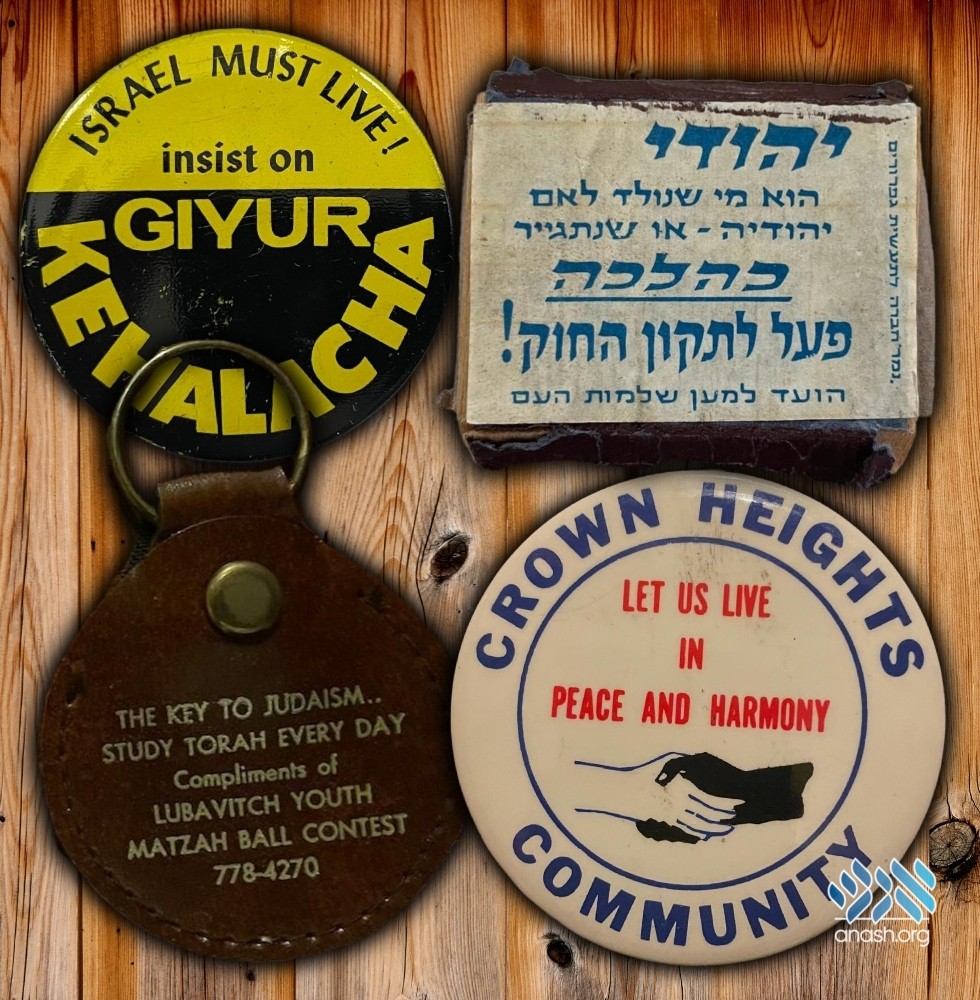
For many years, campaign buttons were the go-to method to promote an idea or campaign, and Chabad was no different. Some recently discovered pins and advertisements give a window into fascinating chapters in Chabad history.
By Anash.org reporter
In the United States, pin-back buttons were used to promote campaigns or ideas as far back as George Washington. Chabad didn’t miss out either, and produced many such pins during its decades on American soil.
Many of those pins were produced, utilized, and lost to history. But a small number of those pins were recently discovered in the archives of Rabbi Meir Harlig a”h, and serve as a window into a number of fascinating chapters in Chabad history.
While existing in some form or another since the late 1700s, the use of pin-back buttons became truly widespread in the late 1800s, with the invention of a pin that could be mass-produced more effectively. Over the next years, it became the go-to for political campaigns, advertisements, and even prizes in ceral boxes.
In the 1940s, Chabad created their first buttons, to promote the Mesibas Shabbos program. According to some, the Rebbe, who was then known as the Ramash, wore one such buttons under his jacket. A famous photograph from those years displays R’ Berel Baumgarten showing one of the first Mesibas Shabbos buttons to the Rebbe.
Over the coming decades, Chabad created many buttons, to promote campaigns, publicize slogans, and spread the word about programs and mivtzoim. While some of those pins were saved in various collections, and others can be found in the Rebbe’s library, the vast majority of them were never saved and are lost to history.
Recently, while going through the archives of Rabbi Meir Harlig a”h, his son, Rabbi Shea Harlig, shliach to Las Vegas, found a number of such buttons, and publicized photos of them. He also discovered a number of other advertisements and campaign materials that were used over the years.
The items include:
Campaign button for the Mihu Yehudi campaign.
From the 1970s until the late 1980s, the Rebbe led the battle to fix the ‘Law of Return’ in Israel, to only recognize conversions that were performed al pi halacha. A campaign pin produced by Chabad declares in English ‘Israel must live! Insist on Giyur Kehalacha.’
What is especially interesting is that this was a button in English criticizing a policy of the Israeli government. Seemingly, it was produced for American chassidim to join the struggle to correct the law.
Matchbox with a Mihu Yehudi message
Another popular form of advertising in the 70s and 80s was printing messages on matchboxes, which were then distributed for free. As smoking was rising in popularity, matchboxes were a necessity for many people, and were a effective mode of advertising.
This matchbox was seemingly produced in Eretz Yisroel, as one of the many forms of advertisement and campaigning to correct the law.
Lag B’omer Parade Pin – 5736
A button produced for a ‘marshal’ at the Lag B’omer parade of 5736. The button has the slogan “Saluting Torah Education”, which would indicate that it was a central theme of that year’s parade.
Crown Heights Unity
A button promoting peace and harmony in Crown Heights. Showing a white hand and a black hand shaking hands, the pin was most probably produced in the late 1980s or early 1990s, when tensions among the Jewish and Black communities in Crown Heights were rising.
Matza Ball Contest Key Ring
A key ring created as a prize for the Matza Ball contest, which was launched in 5740 at the Rebbe’s initiative. The contest heralded a new era of children’s programs, including the launch of Tzivos Hashem just a few months later. For more about the contest, see here.
When There Were Only Five Mivtzoim
Perhaps the most interesting is an advertisement promoting mivztoim, the Rebbe’s mitzvah campaigns. Almost any chossid could tell you that the Rebbe launched 10 mivtzoim, but there was a time when there were less. The mivtzoim were announced over a series of years, and in the interim, there were years with varying numbers of mivtzoim.
The advertisement discovered shows five mitzvah campaigns – Torah Study, Tefillin, Mezuzah, Tzedaka, Jewish Books (Bayis Molei Seforim) and Shabbos and Yom Tov Candles (Neshek).
The first mivtzah the Rebbe launched was Mivtzah Tefillin in 1967, followed by another four in 1971. The next two, Kashrus and Taharas Hamishpacha, were launched in 1975, so this advertisement was printed sometime between 1971 and 1975.
Know any more details? Let us know in the comments!

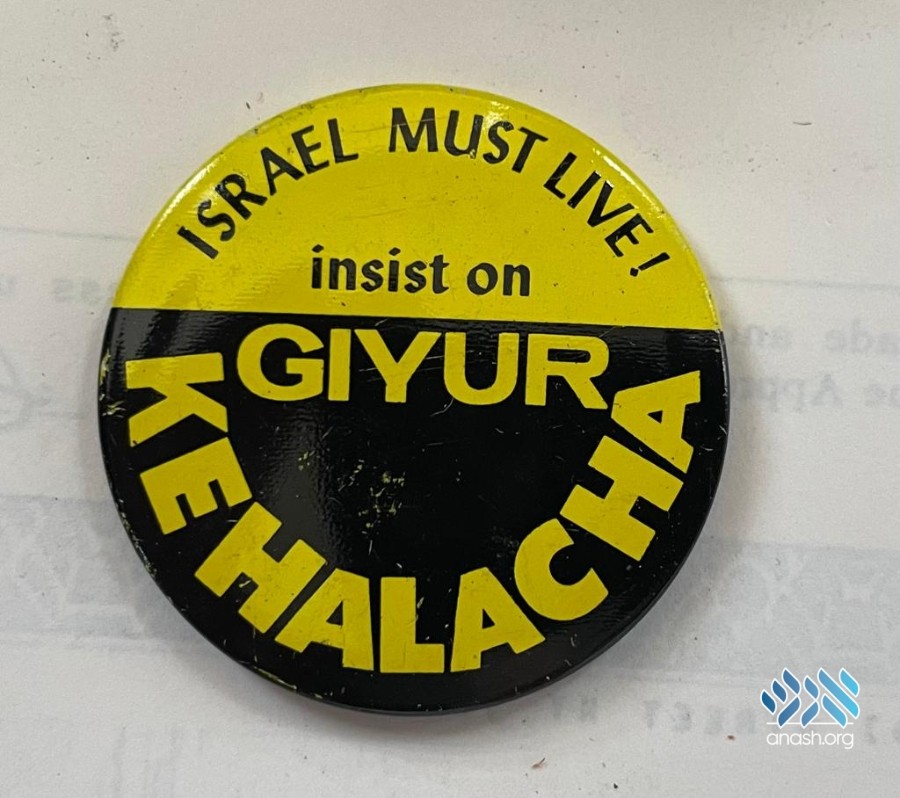

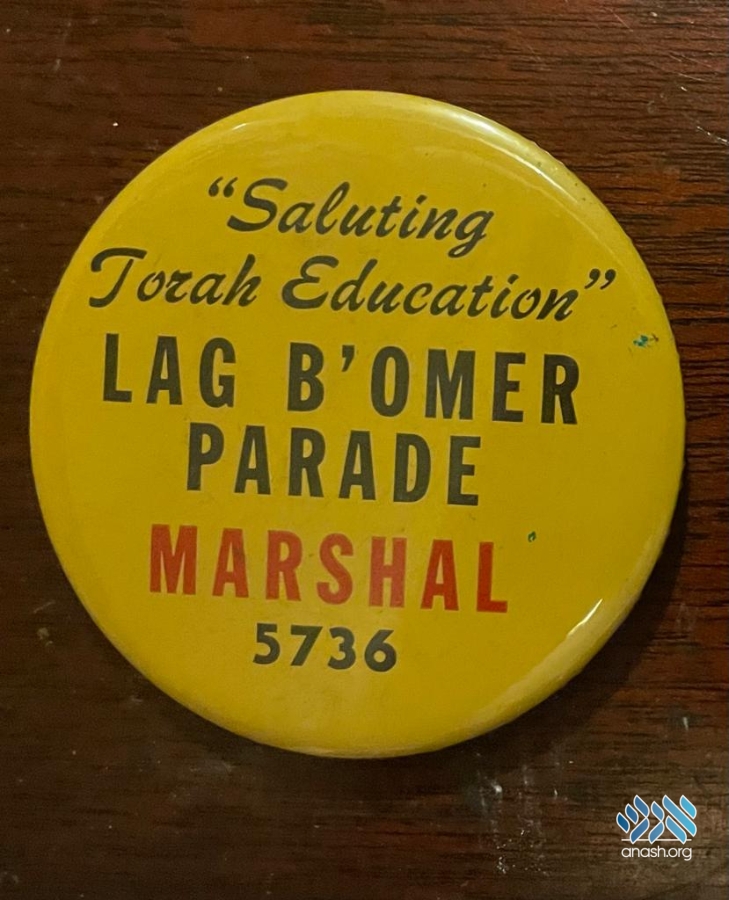
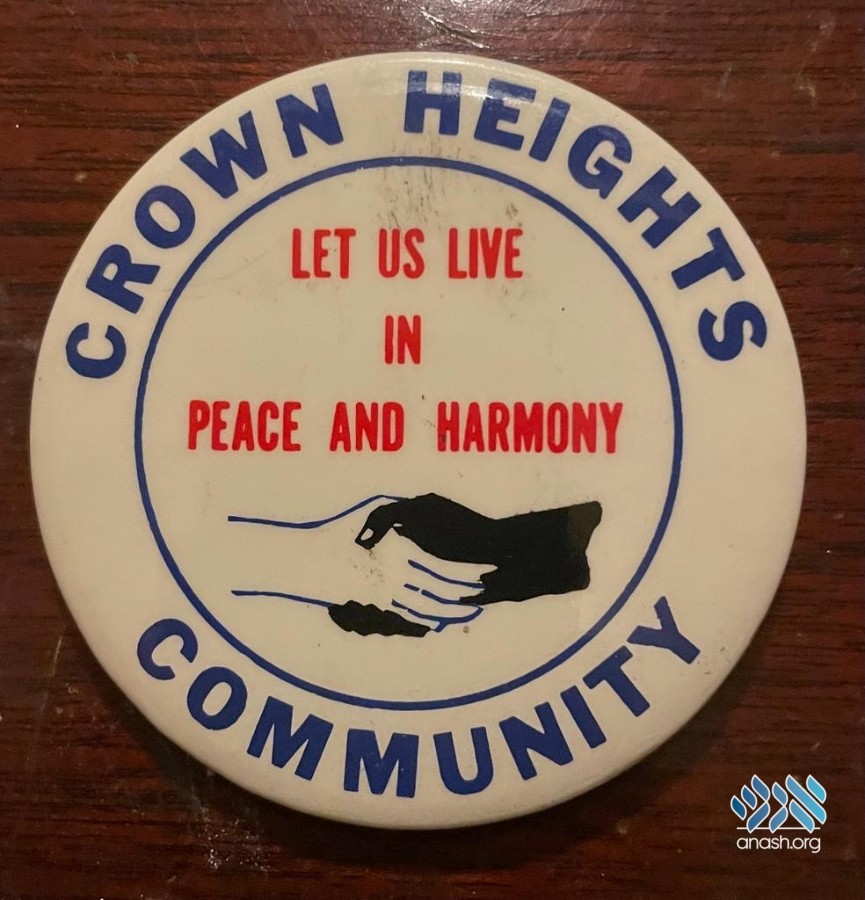
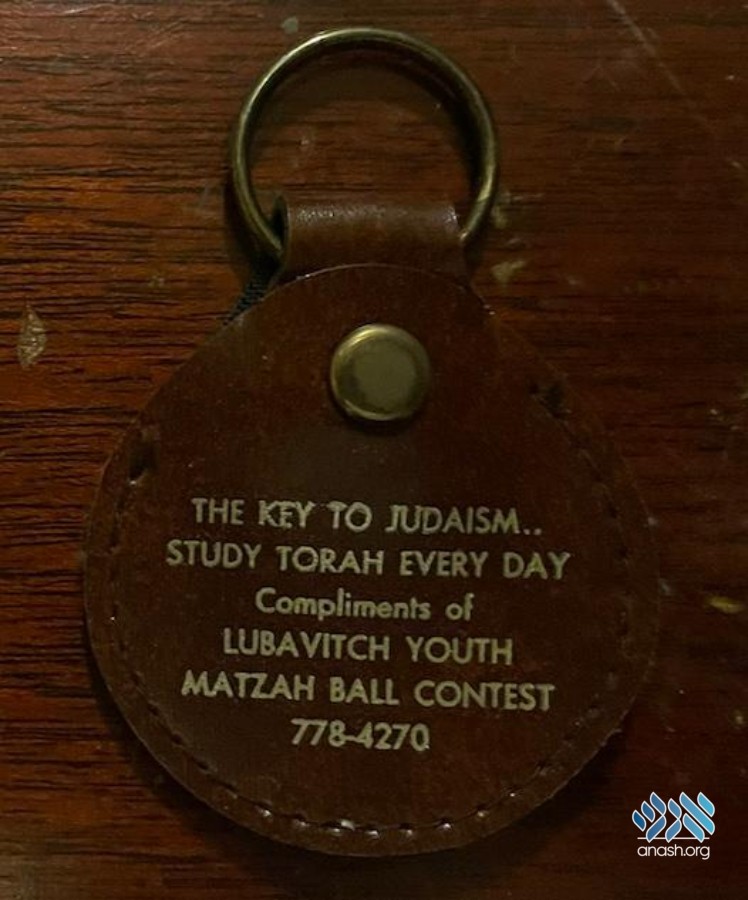
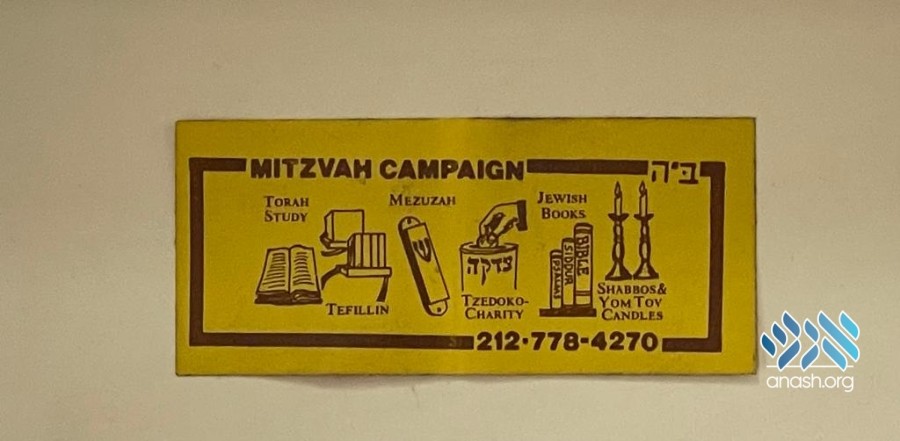

What about all the old moshiach buttons and little stickers which were made with the bracha of the rebbe?